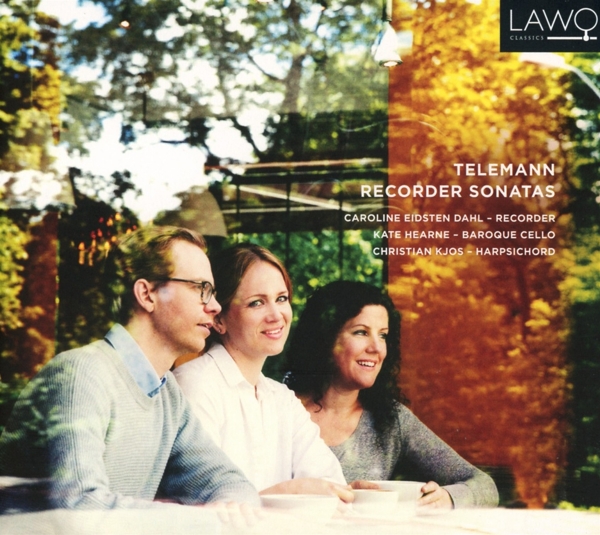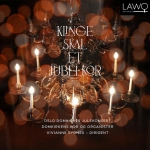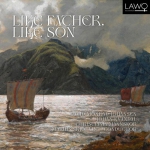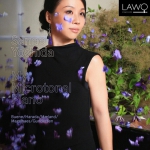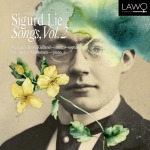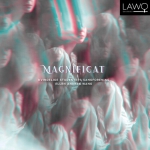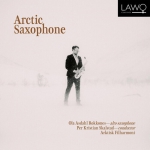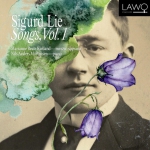Accessories |
My Account
|
Log In
|
English |
€ Euro |
Advanced Search
|
All Categories
BEST SELLER
500
NEW RELEASES
8.223
SPECIALS
229.057
Your search:
No selection
Filter results:
TECHNICS
265.717
GAMES/SOFTWARE
26.147
MUSIC
708.061
- Accordion
8
- Bassoon
19
- Brass
41
- Bugle
36
- Cello
266
- Clarinet
114
- Double Bass
15
- Early Instrum.
127
- Flute
204
- Guitar
95
- Harp
25
- Harpsichord
24
- Lute
18
- Mandolin
14
- Mixed Ensemble
70
- Oboe
55
- Organ
35
- Other
11.157
- Other Ensemble
194
- Percussion
10
- Piano
416
- Piano Quartet
23
- Piano Trio
142
- Recorder
53
- Saxophone
42
- String Ensemble
87
- String Quartet
393
- String Quintet
18
- String Trio
58
- Trombone
19
- Trumpet
46
- Tuba
3
- Viola
61
- Violin
507
- Wind Ensemble
46
- Woodwind
32
- octet
2
Other Classic
4.268
Symphonic Music
13.083
|
Music Movie Audiobooks Merchandise Children's |

